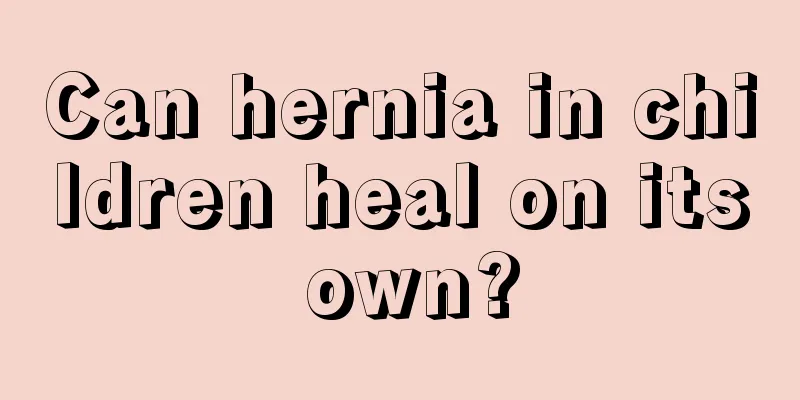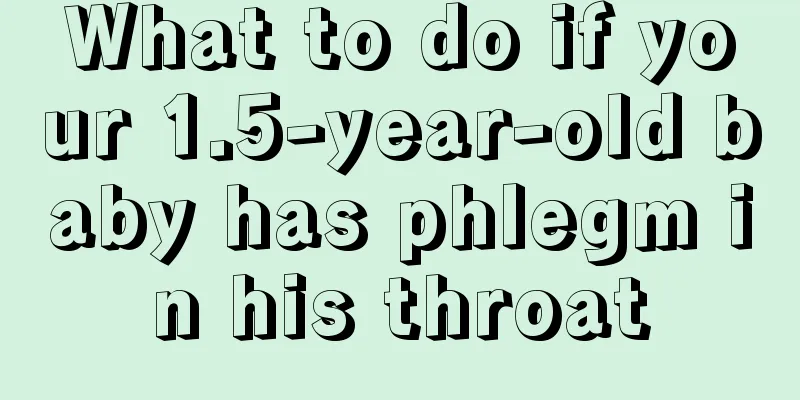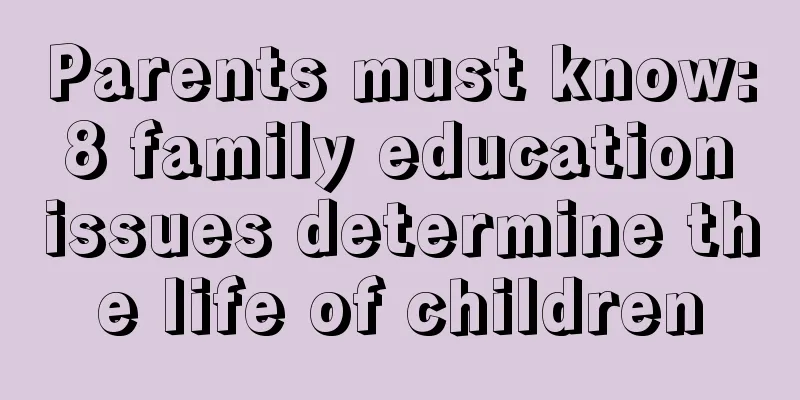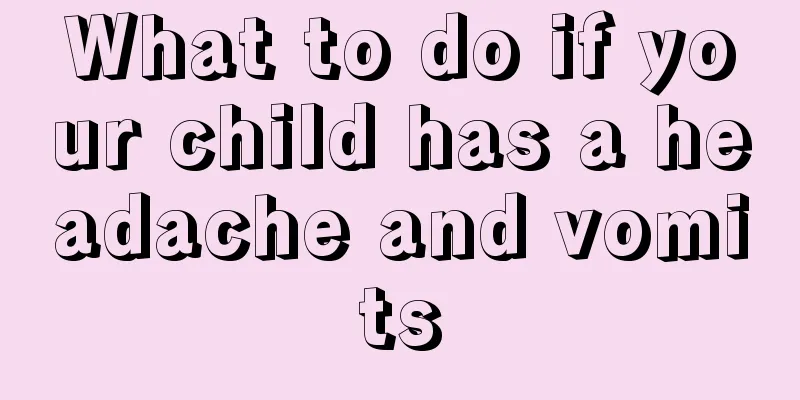What are the causes of fetal renal cysts?
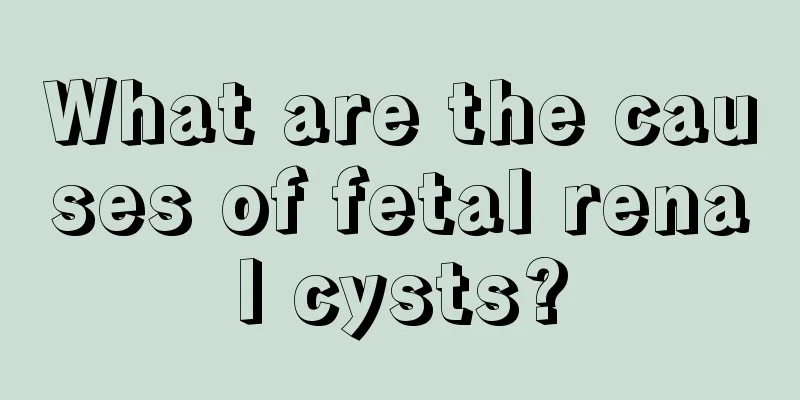
|
Renal cyst is a very common tumor and a very common benign tumor. Although the incidence rate among adults is relatively high, fetuses are also likely to suffer from renal cysts. Why would a fetus be infected with renal cysts while in the mother's womb? Many babies are found to have kidney cysts after birth, and their families find it very strange. So what causes fetal renal cysts? Let me introduce it to you below. 1. Causes of disease 1. The cause of polycystic kidney disease is gene deletion. Adult polycystic kidney disease is often caused by gene deletion of chromosome 16, and occasionally by gene deletion of chromosome 4. It is a dominant inheritance with 100% penetrance. Therefore, chromosome deletion of a single parent will make their children have a 50% chance of inheriting the disease. Infantile polycystic kidney disease is an autosomal recessive trait. Both parents must have genetic changes for the disease in order for their children to develop the disease, with a 25% chance of developing the disease. Evidence that this disease is related to heredity includes that Buck et al. reported a family of 8 brothers and sisters, 6 of whom had renal cysts, their father and uncle also died of uremia, and 5 of their next generation suffered from kidney disease; Brasck et al. reported that four generations of a family were found to have polycystic kidney disease; Reason et al. reported that twins both suffered from the disease; Crawford reported that 17 out of a family of 40 were found to have polycystic kidney disease. 70% to 90% of this disease is bilateral. Among the 62 cases reported by Lejars, only 3 were unilateral. Oickinson reported that the ratio of unilateral to bilateral was 1:26. Gross specimen examination showed that the volume of polycystic kidneys was 2 to 3 times larger than that of normal kidneys. There was a report of a case of bilateral polycystic kidneys weighing 14436g. Schacht reported that a cystic kidney weighed 7248g. The appearance of polycystic kidney disease is mostly irregular cystic nodules, and the cross-section shows countless cysts of varying sizes in a honeycomb shape. The cyst cavity of infantile (Potter type Ⅰ) polycystic kidney is the size of a needle head. There is very little renal tissue between the cysts. When the cysts grow larger, the renal parenchyma atrophies due to compression, so the medulla and cortex are underdeveloped. The cyst cavity contains yellow-brown mucous, purulent or bloody fluids. The above article introduces some reasons why the fetus may develop renal cysts. In addition to congenital reasons, these reasons may also be caused by the mother's careless diet and lifestyle during pregnancy, such as wearing makeup, dyeing hair, applying nail polish, unhealthy diet, etc., so you must pay special attention to your lifestyle during pregnancy. |
<<: What should we do if children have intestinal dysfunction?
>>: What should I do if my child has acute enteritis?
Recommend
One and a half year old baby has small granules on his chin
A baby's body is very different from that of ...
Why do we need to flush the tear ducts of newborns?
Many newborns need to have their tear ducts flush...
Can babies with gastroenteritis drink milk powder?
Babies have weak immunity and the types of food t...
What is the best food for a 4-year-old child with constipation?
Constipation is unlikely to happen to children. T...
Why is my baby breathing rapidly?
If the baby is breathing rapidly, parents will de...
Nine month old baby with stuffy nose
Children are very young and do not know how to cl...
How to arrange diet for a four-month-old baby with bronchitis
It is common for babies to get bronchitis at four...
Symptoms of bronchial asthma in children
In recent years, the incidence of this disease is...
What is the reason for anemia in three-month-old babies?
Parents are the most anxious when their children ...
What causes nosebleeds in children?
Nosebleed is a phenomenon, which may be caused by...
What to do if your child has blisters on his lips
Everyone knows that blisters on the lips are caus...
Six most common causes of nosebleeds in children
Nosebleeds in children are a very common phenomen...
Why does my baby sweat a lot?
Many mothers will find that their babies sometime...
Causes of bleeding gums in babies
After the baby is born, the joy of becoming a new...
How can children grow taller?
Everyone wants to have a slim figure and wear bea...
